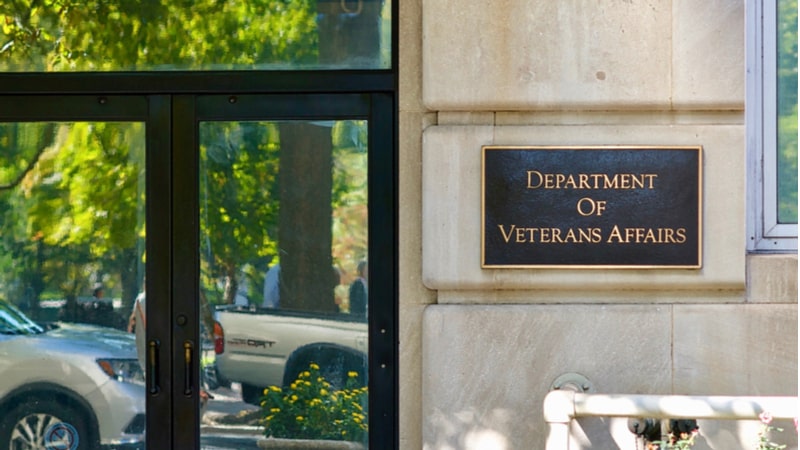
Technologists responsible for the website of the Department of Veterans Affairs (VA) and other government websites emphasized the need for accessibility, ensuring that no one is excluded from access.
“No one gets left behind or forgotten,” said Jennifer Strickland, in web design at the company Ad Hoc, “In my work at VA.gov, that was my driving force because we need to make sure at the VA that no one gets left behind or forgotten, especially after all our veterans have done for us.”
This includes designing websites for individuals with visual, hearing, and keyboard usage disabilities. Government websites are required to comply with a mandate called Section 508.

Strickland said one of the first things she did when working on VA.gov was talk to a VA caregiver. “The stories [the caregiver] told me are what drives me every day,” she said. Strickland said she created a page in the software repository that shows veteran disability statistics, including videos, essays and articles, to make the design team think about the reasons for accessible website design.
“When we are thinking about our goal to serve all of the people coming to these government websites, we need to be thinking through this whole range that ways people might be interacting and how do we make sure everyone gets the best experience,” said Strickland, speaking during the Government UX Summit on July 28.
Kendra Skeene, who spent 10 years working for the state of Georgia on Georgia.gov and the state’s web platform that served over 80 state agency websites, emphasized the need for training.
“We made sure to get those basics of what needs to happen,” said Skeene, speaking at the same event. She said the need was to train all of the content managers.
“None of us knew what any of this was when we started,” said Skeene, now Ad Hoc’s product lead for the VA Application Programming Interface. “We didn’t have to become experts to do this.”
